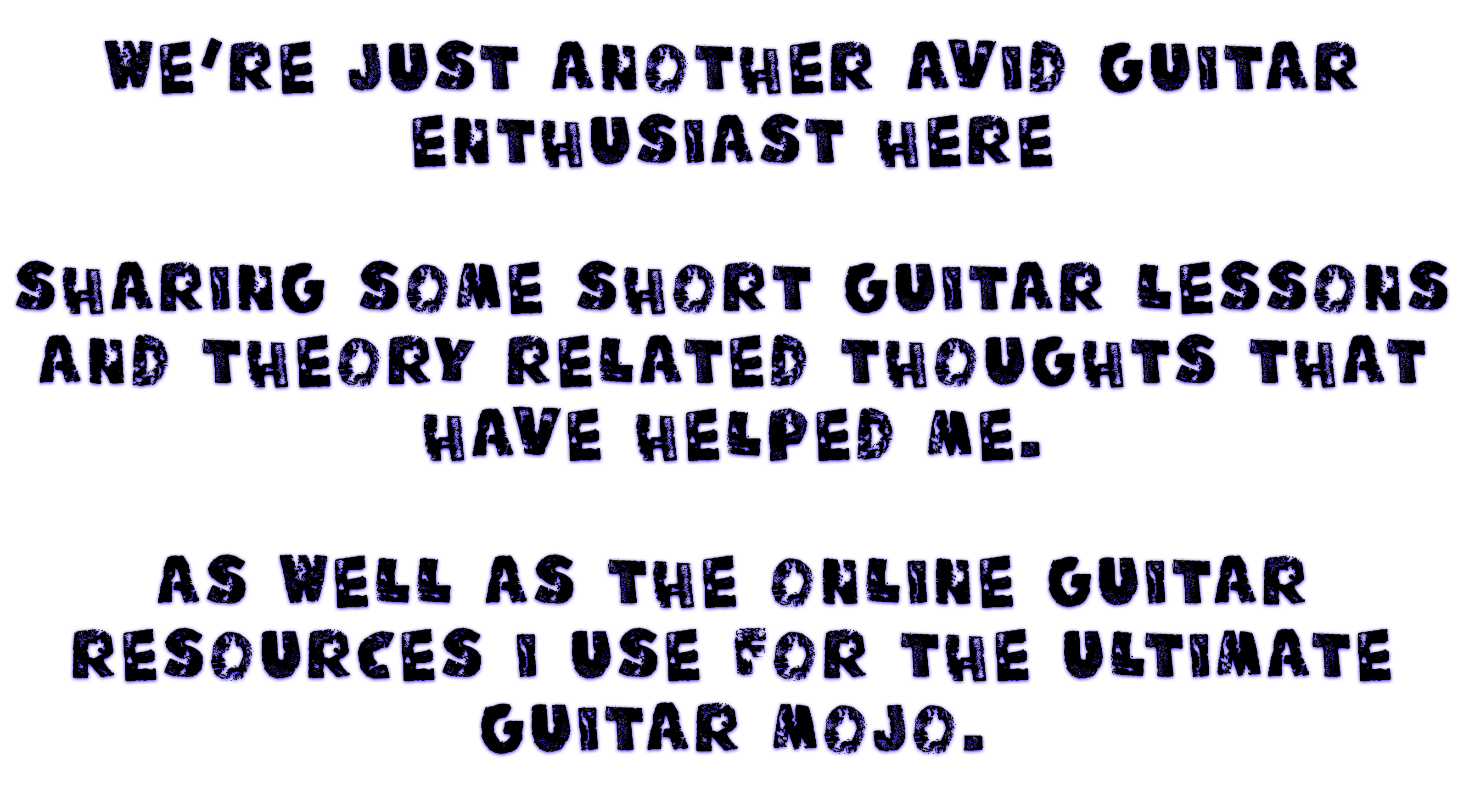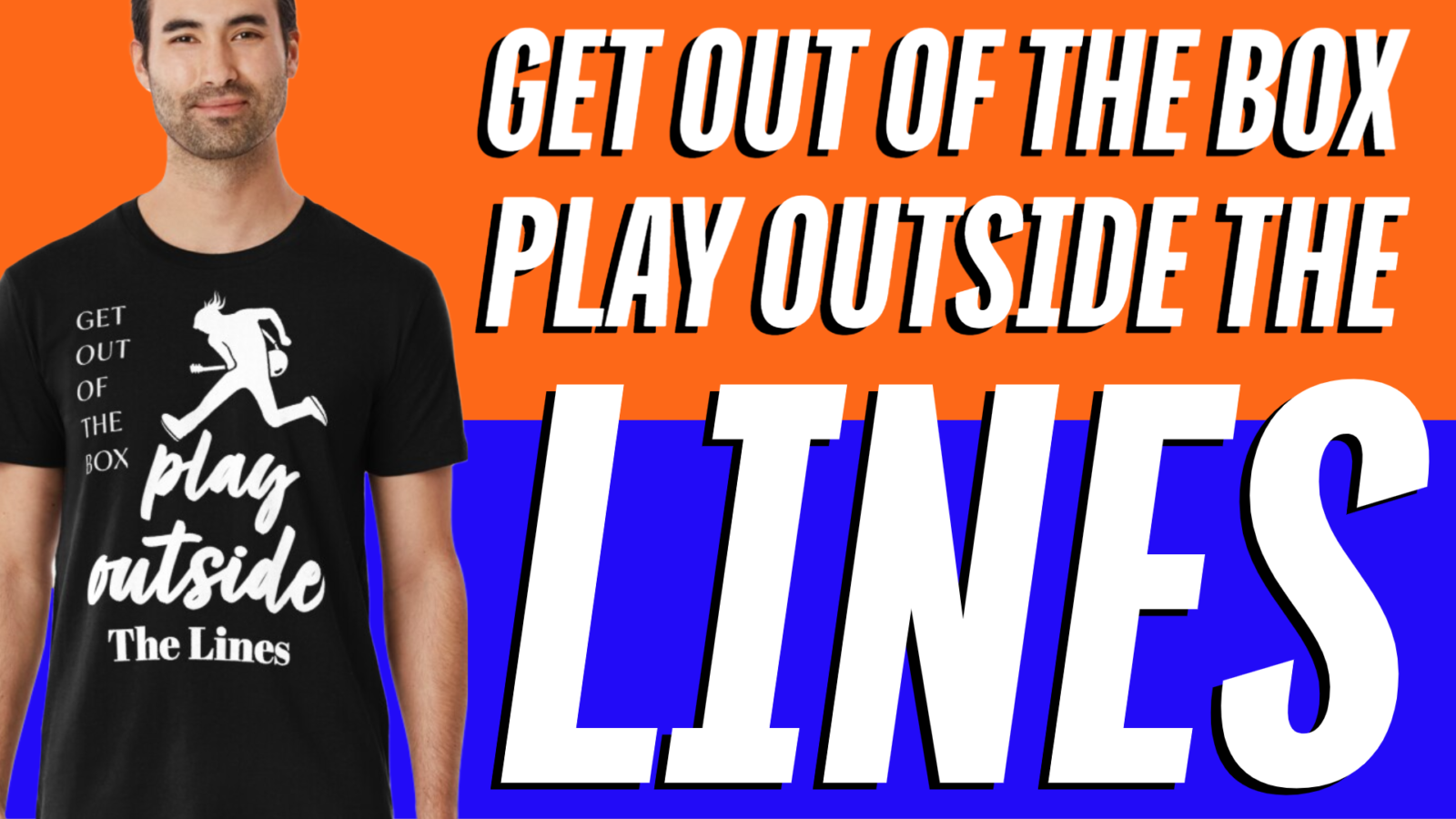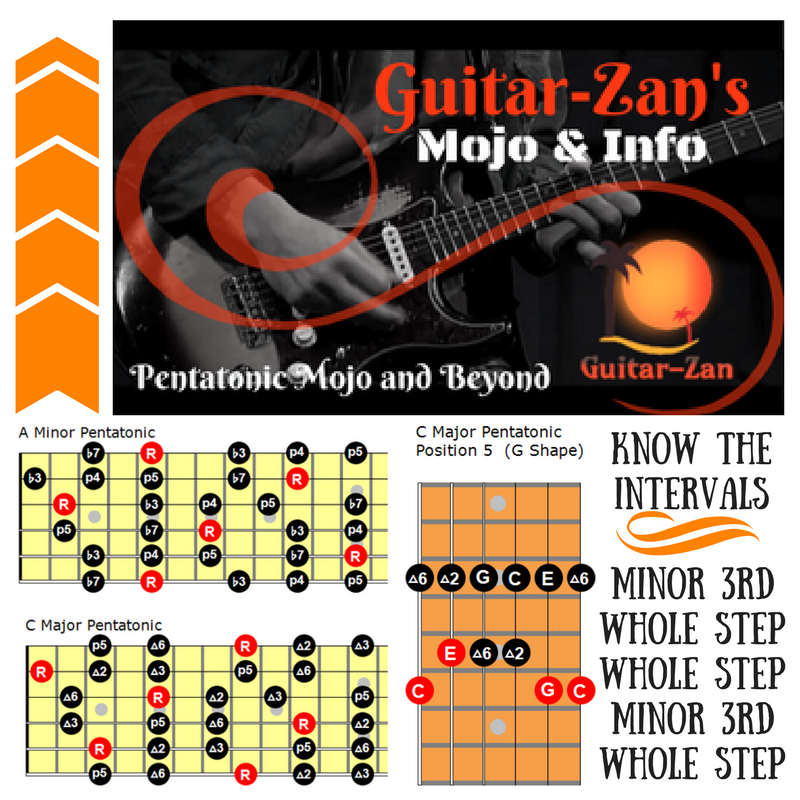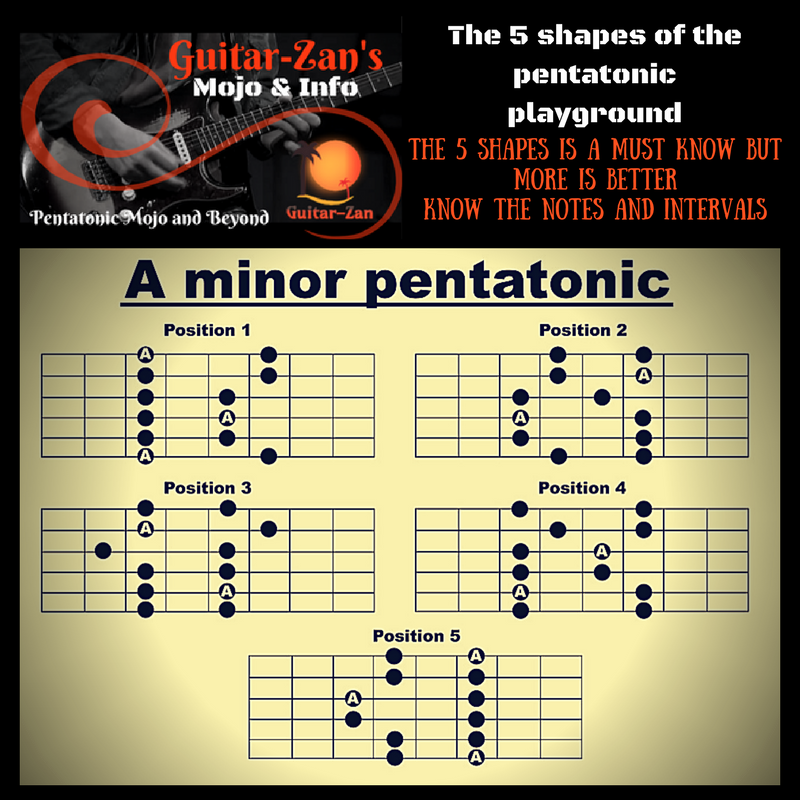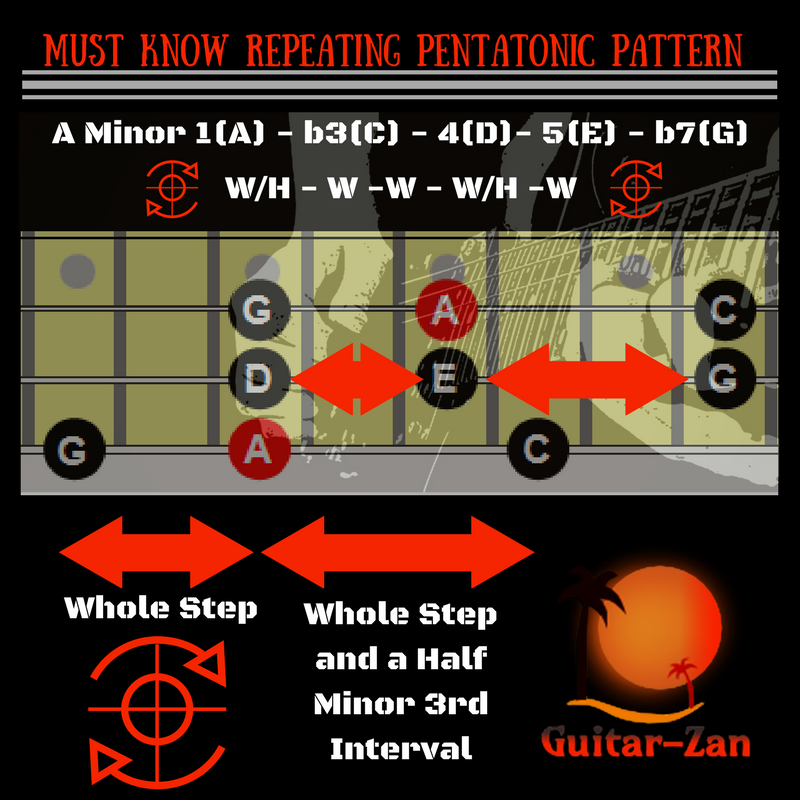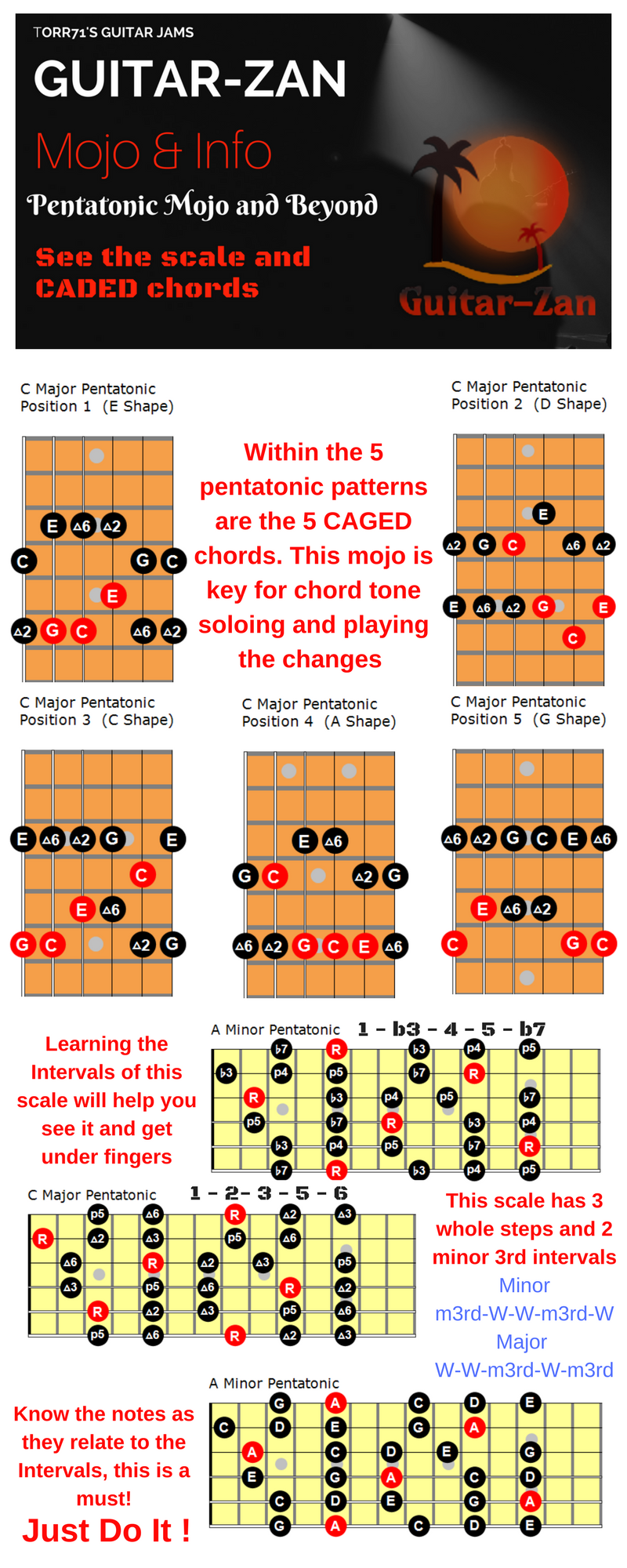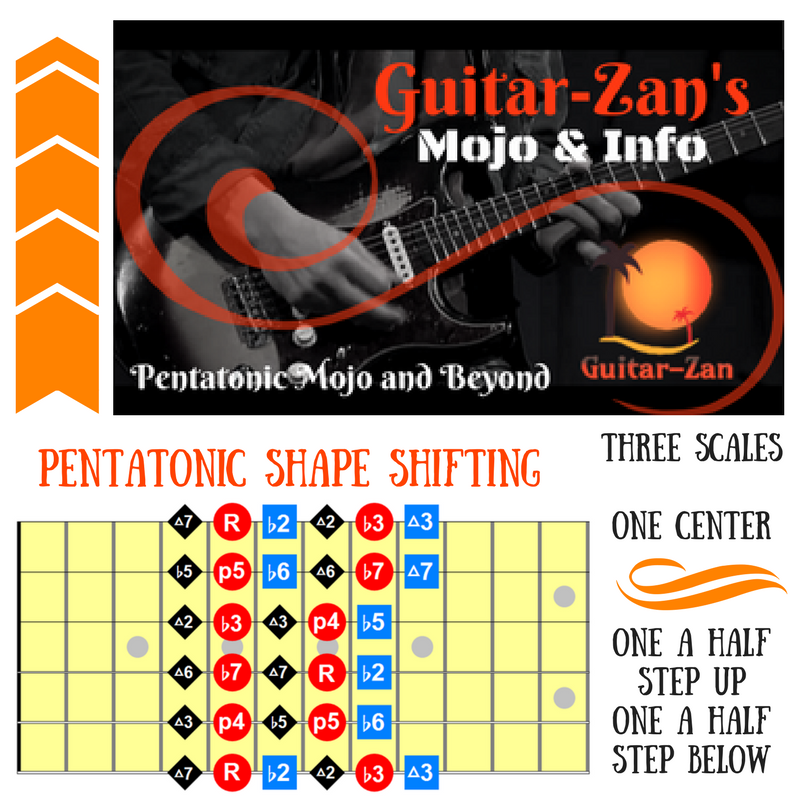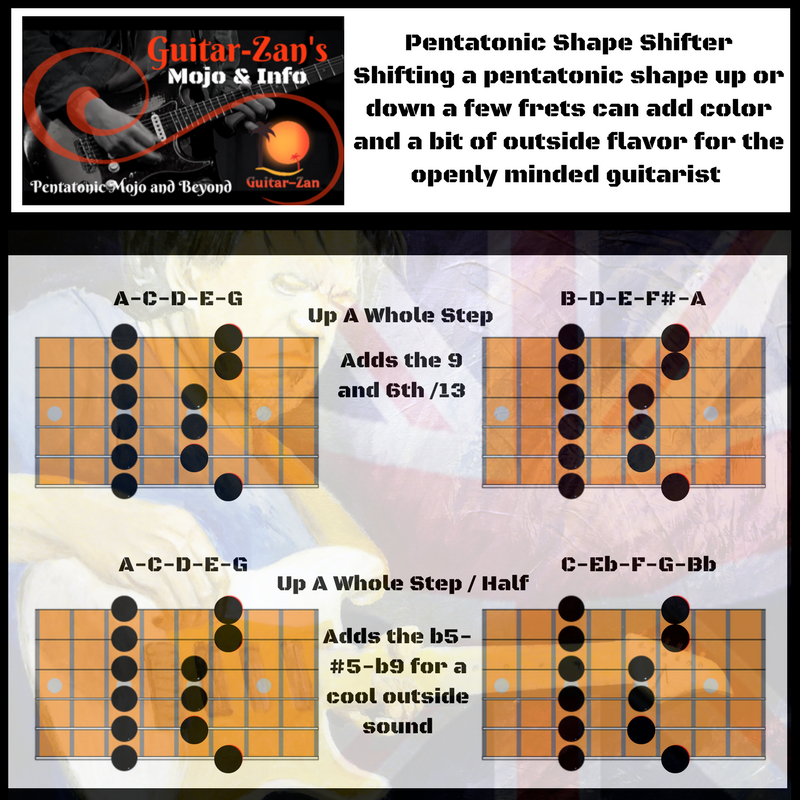Pentatonic Mojo
Pentatonic Mojo and Beyond
Know your Scale/Intervals/Notes/Shapes
These are the keys to the castle when it comes to opening the doors of pentatonic mojo. If you want complete control over your musical destiny, mastery over this five-note scale is a must-do...
The Scale
Could be described as any 5 note scale within an octave.
Despite the popularity, these scales are not always recognized-especially in jazz.
Major and minor pentatonic scales are closely related in exactly the same way that major/minor scales are the same scale but have a different starting point
A minor pentatonic scale can be substituted for a major pentatonic scale a minor 3rd up.
A major pentatonic scale can be substituted for a minor pentatonic scale a minor 3rd down.
Intervals
The 5 Shapes
To learn how to solo and improvise, you must know the 5 pentatonic scale shapes. Many players usually get stuck in the first pentatonic scale shape, but to be truly free and improvise across the entire fretboard. You need to know all the shapes and the notes and intervals of the scale. Shapes are good, but more is better.
Learn the shapes, and when you do, also learn the notes and intervals. See the secret mojo of the chord that hides within and learn it in all keys. It is a lot of work, but it can be easily done in a short time, so "Just Do it."
The Pattern
A Minor 1(A) - b3(C) - 4(D)- 5(E) - b7(G)
W/H - W -W - W/H -W
Seeing the pattern between the two minor 3rd intervals is key in finding your way on the fretboard. Using the flatted 7th and fourth degrees of the scale, a pattern emerges. In the A minor pentatonic scale, the notes G (b7) and D (4th/11) will always have the intervals of a whole step and a minor 3rd after them. See the diagram below (G-A-C) and D-E-G) also, please pay attention to the interval of a 5th (or 4th, however, you want to see it) the notes G and D have. Knowing this 1-5 Interval is major mojo for a lot of reasons, and seeing this all over the fretboard is a must know..."Just Do it."
See this-
This concept will free you from just seeing the shapes and open up the fretboard in all directions.
The CAGED Chords and the Scale Shapes
The 5 pentatonic shapes contain a chord/triad from the CAGED system see this will open the doors to chord tone soloing.
Pentatonic Shape Shifting
This is the Monster of all pentatonic mojo. Shape-shifting will open the doors to step out of the key center (outside playing) plus add chromaticism and character to your playing, and best of all, get your ears working. This is where you can borrow from jazz, rock, and blues that makes the sound that is you. Guys like Jimmy Herring, Scott Henderson, and the late Allan Holdsworth have mastered this technique. These cats are skillfully able to control varying levels of playing melodically and dissonance in a musical way.
Home Work
One simple way to start is to take the minor pentatonic shape we all know and love and move that shape up a half step down a half step.
Pentatonic Overload
Don't let all the shapes and colors in the diagram above mess with your head. The main thing is seeing home and the chord tones strong concerning the underline chord. If we're playing over an A minor chord, or you could take a two-chord progression using Am7 and D7 and practice play over those changes using just the A minor pentatonic scale, and when you want, throw in a chromatic line and resolve it back to a strong chord tone (i.e., the third of the chord for one of the roots, 5th, b7).
Listen!
Use your ears. Take a good look at the involved intervals ( b5, #5, b7, Maj7, Maj3rd). These intervals perk up the ears and take time to get into your head. I guarantee if you work at this regularly, your ears will hear, and your playing will be more fluid.
But wait, there's more.
Try shifting up a whole step or a minor 3rd or down a whole analysis and see what extra notes appear and what notes are common.
Above all, always practice this in different keys...and that's the keys to the castle. Cheers !!
Conclusion
If you liked this lesson, the biggest thanks I can get is to like my Facebook page and leave a post with what you liked about it. As always, feel free to contact me with your questions, concerns, etc. I am here to help!
Some of the links I mention here are affiliate links, which means I may earn a small commission if you click through and make a purchase. But trust me, I wouldn’t recommend anything I don’t love myself!

